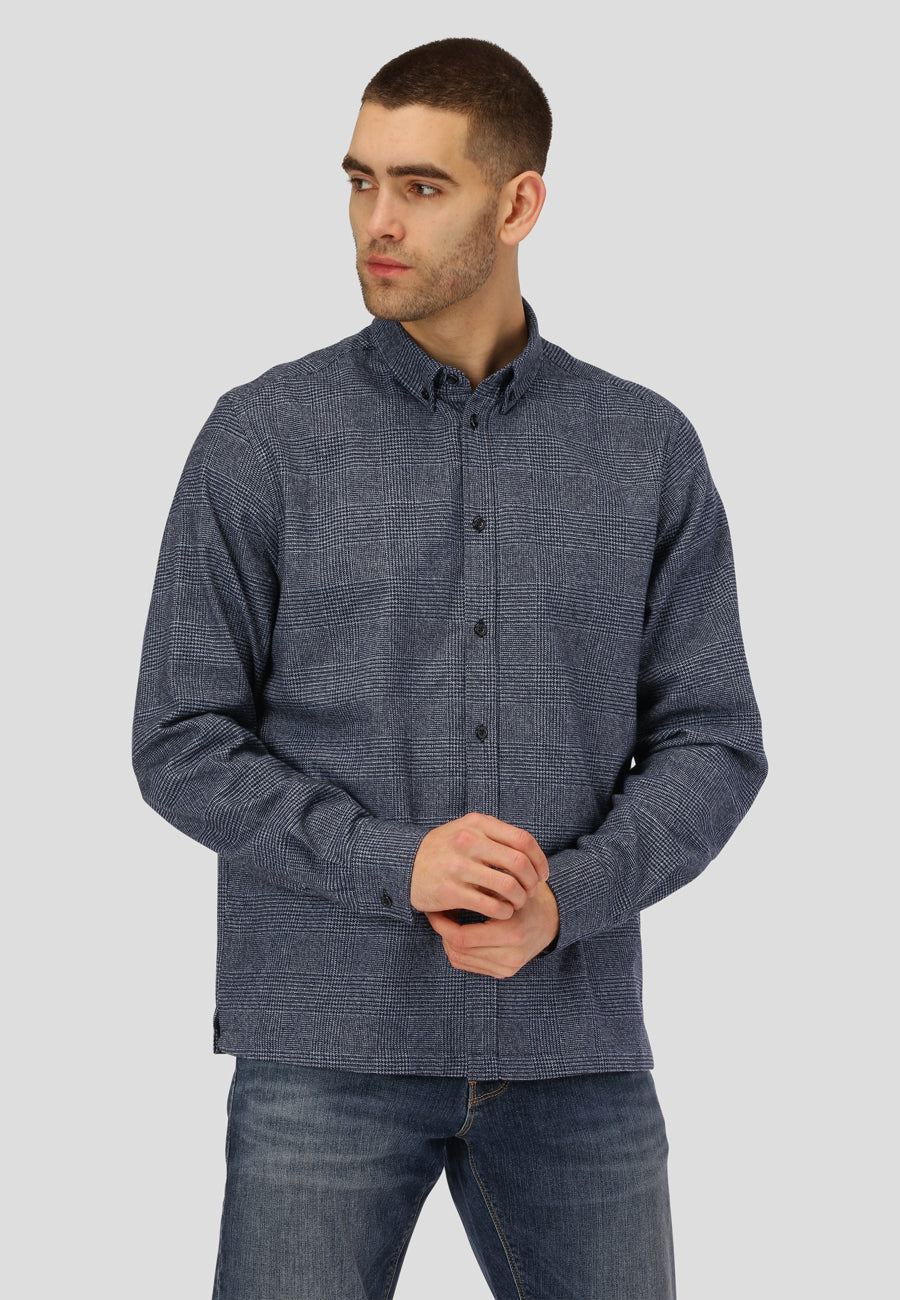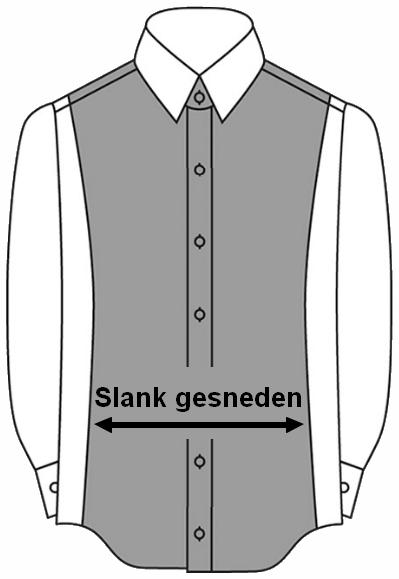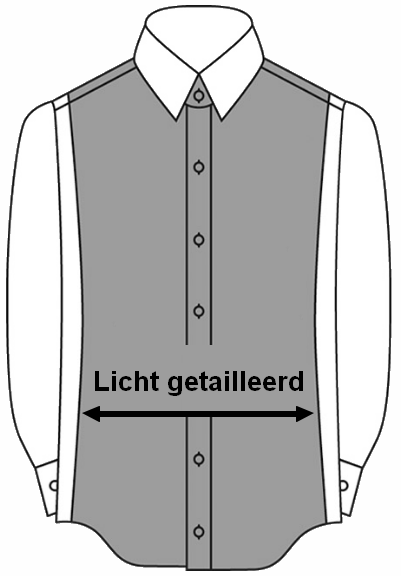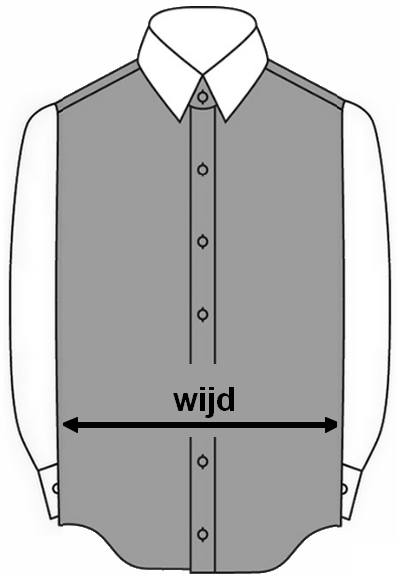
How do I wear a checked shirt?
Share
Checked shirts are back, and we like them again! This item has been in the men's collection for years, but there is always some change. We distinguish the two most common types of shirts for you today, and explain how you can wear them. With this article, we also help you get rid of the struggle with complicated sizes and fits .
So how do these sizes work and… How do you wear a plaid shirt?
The plaid shirt of today
There are currently two common types of shirts. An overshirt and a dress shirt.
 Overshirt
Overshirt

In general, an overshirt is more casual. That is also the reason that overshirts often have a coarser check, larger buttons (or a zipper) and often breast pockets. They are often made of thicker material and are therefore often worn open with a T-shirt or thin sweater underneath. That gives a somewhat informal, playful look. To wear an overshirt a bit more formally, you can also combine it with a turtleneck. It is better not to wear a polo under an overshirt, as you will then have two collars on top of each other.
Do you prefer to wear it closed? Then keep the top or top two buttons open, that way you keep the casual look that the overshirt was initiated for. They are often presented like that in the store.
Shirt
A shirt comes in all shapes and sizes, and is distinguished from an overshirt by the fact that a shirt usually has a maximum of one or no breast pockets, more subtle buttons and a thinner fabric (such as flannel or poplin). The check pattern has a determining factor for the style of the shirt. The smaller the check, the more formal the shirt. While you can combine a shirt with a larger check with almost anything, we recommend wearing a shirt with a small check with chinos, trousers or with dark jeans with no or a subtle wash.
The direct English translation of a shirt is "Shirt". Then you don't have to be confused anymore, it's not a T-Shirt.
What size and fit should I get?
Nothing is as confusing as all the different terms for fits and different size designations. Tailored fit, regular fit, comfort fit, collar sizes, ready-to-wear sizes, international sizes , the list goes on... We'll explain how it works:



Different types of fits:
To make it as clear as possible, we place the names in 3 categories:
- Slim cut we mainly know from the term "Slim fit". This shirt is a bit tighter in the waist and often has some stretch in the fabric. Other terms that also fit in this category are Body Fit , Tailored fit and Fitted .
- Slightly fitted is the most standard fit. The shirt has shape, but is more accessible than a slim fit. Sometimes there is a pleat in the middle back for some extra room to move. Brands talk about this fit when you see one of the following names: Regular fit or Modern fit.
- It "wide" shirt has a straight cut. An example of a brand that has that a lot is PME-Legend . It is traditionally a traditional shirt, which is very common and is especially recommended for men who are a bit wider in the waist. Often it also has a pleat in the middle back for some extra room to move. This fit is also called as Comfort, Straight, Straight or Loose indicated.
Dimensions:
To find the right size, you can look at the collar, chest circumference, waist circumference and the length of the sleeve and back panel. It is important to first determine the desired fit. A size can be good, even if a shirt is too tight. Then you can better look at the same size in a different fit. For example, a Regular fit instead of a Slim fit.
When is my shirt too tight?
A shirt that is too small can be recognized by a tight collar, sleeves that are too short, or by too little freedom of movement from the arms. A chest size that is too tight can be recognized by folds from the armpit that arise due to lack of space.
When is my shirt too loose?
A shirt is too wide when the collar is open with a gap of more than two fingers. The chest size is too wide when the shoulder seam hangs over the shoulders. Room in the waist does not necessarily indicate a shirt that is too wide. It can be a sign to perhaps look for a different fit (for example a slim fit)
Below you will find an overview of all the complicated size indications, so you don't have to struggle with them anymore:

